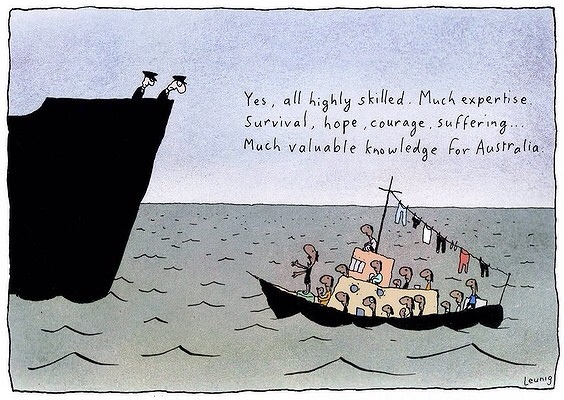I’ve never been to Malaysia before, and to be honest wasn’t planning a visit, but when I booked my trip to Europe a couple of months ago, Malaysian Airlines were significantly cheaper than anyone else (one guess why)! I figured if I was going to be flying through, I should stop and look around for a couple of days. So, I’ve had two days in Kuala Lumpur, and I can say it has been worthwhile.

Coming from Adelaide’s wet and windy winter days, 35 degrees + 80% humidity was a shock to the system, but it is nice to be back in summer! And despite the predominantly concrete jungle, there are glimpse of KL’s tropical beauty all around if you look for them.

What have I loved about K.L.?
There are basically two city centres in K.L. – the old and the new. In the new is the most famous part of Kuala Lumpur’s skyline: Petronas Towers, for 6 years the world’s tallest building, and still the tallest twin towers in the world (they held this honour pre-2001 as well, although it’s hard not to think of what happened to those others towers while here).

The skybridge between floors 41-42 of the two towers is a separate structure, which means you can feel a good gust of wind.

KL’s other significant spire is the telecommunications tower.

The “old” city is roughly 100 years old, with lots of early 20th century buildings built by the British.

The old city is really where the cultural mix here is most evidently seen. Malaysians are rightly proud of the way Malay, Chinese and Indian heritage, culture, and food come together.

I did a great walking tour that included sampling a variety of local foods – all of which were amazing!!



Where there are many cultures coming together, you also have many beliefs. Although Islam is the dominant religion in Malaysia, KL has temples of all kinds.


A little out of the centre of town is the impressive looking royal palace, strictly available for photo ops out the front.

What have I learned from K.L.?
I love visiting different cities and walking the streets to get a feel for them. K.L. presented some challenges – in many parts the city is really not designed for walking, and trying to find a way through the busy streets was its own kind of “fun”.

Kuala Lumpur is certainly a growing city, with plenty of construction everywhere you look. Whether this is all positive “progress” depends on who you ask – there are those who lament the destruction of heritage, and I couldn’t help but notice as in many parts of the world, it is the homes of the poor that seem to be being taken over for construction of buildings for the wealthy.
I was also challenged by the sheer number of shopping malls. Both for tourists and locals, it seems that there is another growing religion in K.L – consumerism. I hate to sound too judgemental, but given the poverty I have seen around the world, and yes, here too, I find myself struggling to know how to respond to the whole “shopping as entertainment” culture which is so heavily promoted. We all have much to learn about living in a world of global injustice.
Another recurring impression I had was that while Australians like to think we are multicultural, a place like KL reminds me that many of our cities are really quite mono-cultural, and perhaps we have something to learn about accepting others. Hearing the most recent news from home about our response to refugees while here certainly brings some heartache and huge questions.
Signs abound here for “1 Malaysia” – a claim of harmony in diversity. Questions remain whether you can scratch too far beneath that surface.

I spent some time in the Islamic Arts Museum, and it was good to appreciate some aspects of the beauty of a faith I sometimes struggle to understand.
Ramadhan is just starting and there was an exhibition of photos from around the world. This remarkable picture of Mecca is no doubt as close as I will ever get to the real place!
But I have to acknowledge that along with a bunch of other points of contention, I find the way women are viewed and treated in Islam really confronting, and I’ve had a few experiences while here that have only added to my unease. I can’t imagine finding hope in a faith that seems to view me as less than simply because of my gender.

And, yes, I’m aware that some people think members of my own faith have not always treated women well. But I would vehemently state that that is not the gospel, and I am reminded again how important it is for the church to respond to gender issues well. In the end, I am grateful that my faith is not in a system of beliefs but in a person. I will continue to wrestle with how following Jesus works out in practice, particularly in diverse contexts such as this, but I am continually grateful for His complete acceptance of me, and His abiding presence with me.












